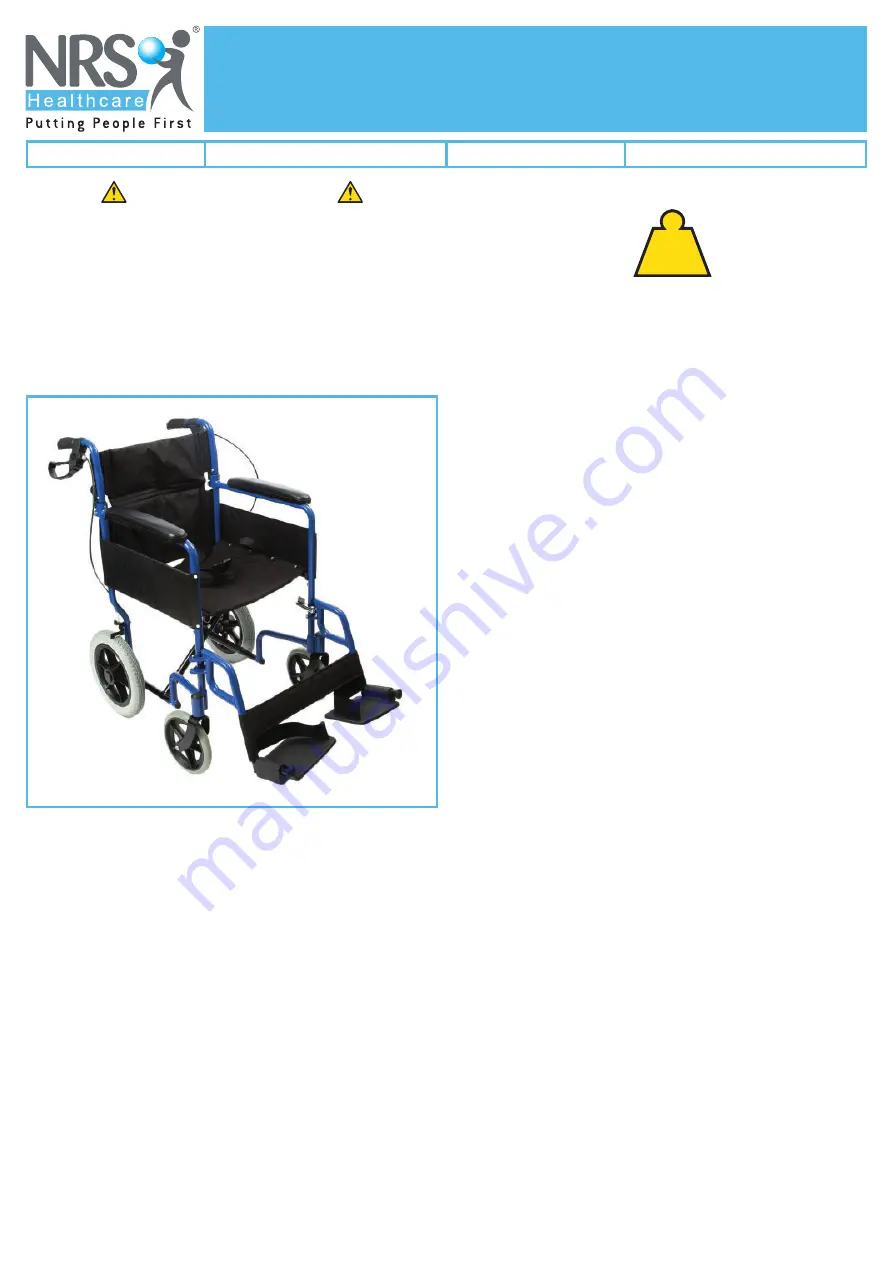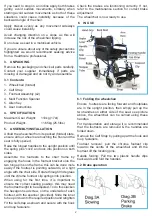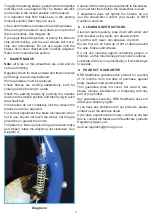
1
USER INSTRUCTIONS
TRANSIT LITE ATTENDANT CONTROLLED
WHEELCHAIR
N29210
Transit Lite - Blue
N43528
Transit Lite - Silver
General Safety Warning
Please make sure that you read and follow these
instructions carefully. Keep these instructions in
a safe place for future reference.
Maximum User Weight
17st
110kg
1. INTENDED
USE
The Transit Lite Attendant Controlled Wheelchair is designed for use by a carer to transport a person both
indoor and outdoor, it can be easily folded for storage and transportation. It is not intended for use as a seat
in a motor vehicle.
2. SAFETY
Warning:
The maximum user weight must not be
more than 110Kg (17st).
This Wheel chair is designed for single occupancy
only, do not use it to transport more than one person.
This wheelchair is designed for both indoor and
outdoor use, however special care should be taken
in certain environmental conditions.
Outdoor: Steep gradients should be avoided, where
possible.
If attempting gradients, or using a ramp it is important
to be sure of your own capabilities, NRS recommend
that you consult a Healthcare Professional for advice
before use.
Always maintain a constant slow speed on gradients.
Do not reverse down a gradient.
Avoid rugged/uneven terrain.
Indoor: Be aware of local hazards, for example,
obstructions on the
fl
oor, narrow doorways high
thresholds etc.
Do not use on escalators.
Before transferring into or out of the wheelchair
ensure the brakes are in the locked position.
Do not stand on the footplates.
When seated in the wheelchair ensure you are
comfortable and your centre of gravity is in the centre
of the seat.
Take care when performing tasks which move your
centre of gravity. Never reach so far that it requires
you to shift in the seat or bend forward over the
front wheels. If you do need to reach forward always
ensure the front wheels are facing outwards and are
locked before attempting any manoeuvre, this will
increase the wheels footprint.
Users feet must always be on the footplates when
the wheelchair is moving.
Take care when ascending or descending a kerb.
When mounting a kerb, approach forward facing, the
attendant should then use the stepper tubes, located
behind the rear axles, to raise the front wheels onto
the raised kerb, then roll the rear wheels up the kerb
lifting as required.
When descending a kerb the front wheels should
be lined up parallel with the front edge of the kerb,
then using the stepper tubes the attendant raises
the front wheels slightly to the balancing point of the
chair and then gently lower the rear wheels over and
down the kerb.
Do not raise the front wheels by using the handles
only - Always use the stepper tubes.






















